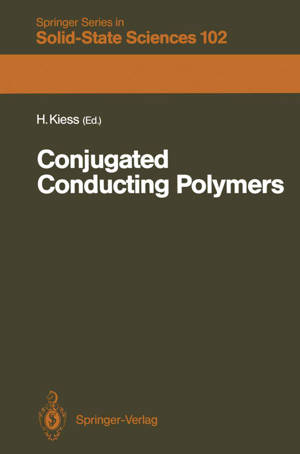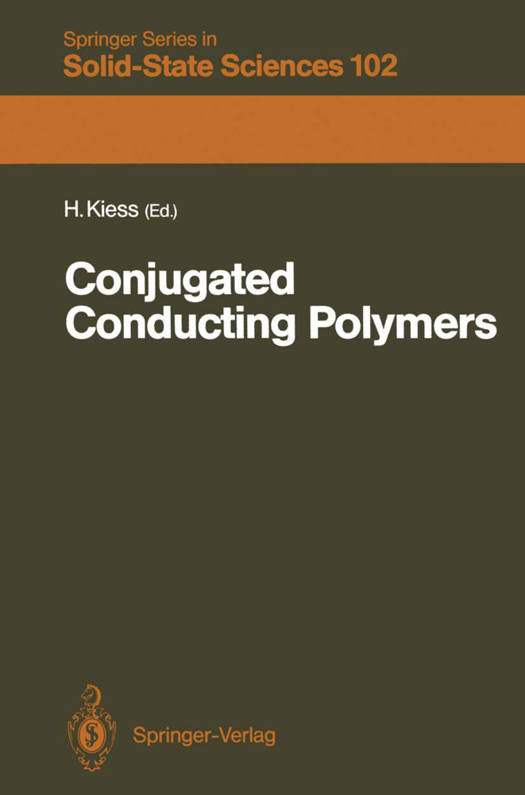
- Afhalen na 1 uur in een winkel met voorraad
- Gratis thuislevering in België vanaf € 30
- Ruim aanbod met 7 miljoen producten
- Afhalen na 1 uur in een winkel met voorraad
- Gratis thuislevering in België vanaf € 30
- Ruim aanbod met 7 miljoen producten
Zoeken
Conjugated Conducting Polymers
€ 83,95
+ 167 punten
Omschrijving
This book reviews the current understanding of electronic, optical and magnetic properties of conjugated polymers in both the semiconducting and metallic states. It introduces in particular novel phenomena and concepts in these quasi- one-dimensional materials that differ from the well-established concepts valid for crystalline semiconductors. After a brief introductory chapter, the second chapter presents basic theore- tical concepts and treats in detail the various models for n-conjugated polymers and the computational methods required to derive observable quantities. Specific spatially localized structures, often referred to as solitons, polarons and bipolarons, result naturally from the interaction between n-electrons and lattice displacements. For a semi-quantitative understanding of the various measure- ments, electron-electron interactions have to be incorporated in the models; this in turn makes the calculations rather complicated. The third chapter is devoted to the electrical properties of these materials. The high metallic conductivity achieved by doping gave rise to the expression conducting polymers, which is often used for such materials even when they are in their semiconducting or insulating state. Although conductivity is one of the most important features, the reader will learn how difficult it is to draw definite conclusions about the nature of the charge carriers and the microscopic transport mechanism solely from electrical measurements. Optical properties are discussed in the fourth chapter.
Specificaties
Betrokkenen
- Uitgeverij:
Inhoud
- Aantal bladzijden:
- 310
- Taal:
- Engels
- Reeks:
- Reeksnummer:
- nr. 102
Eigenschappen
- Productcode (EAN):
- 9783642467318
- Verschijningsdatum:
- 29/03/2012
- Uitvoering:
- Paperback
- Formaat:
- Trade paperback (VS)
- Afmetingen:
- 156 mm x 234 mm
- Gewicht:
- 458 g

Alleen bij Standaard Boekhandel
+ 167 punten op je klantenkaart van Standaard Boekhandel
Beoordelingen
We publiceren alleen reviews die voldoen aan de voorwaarden voor reviews. Bekijk onze voorwaarden voor reviews.







